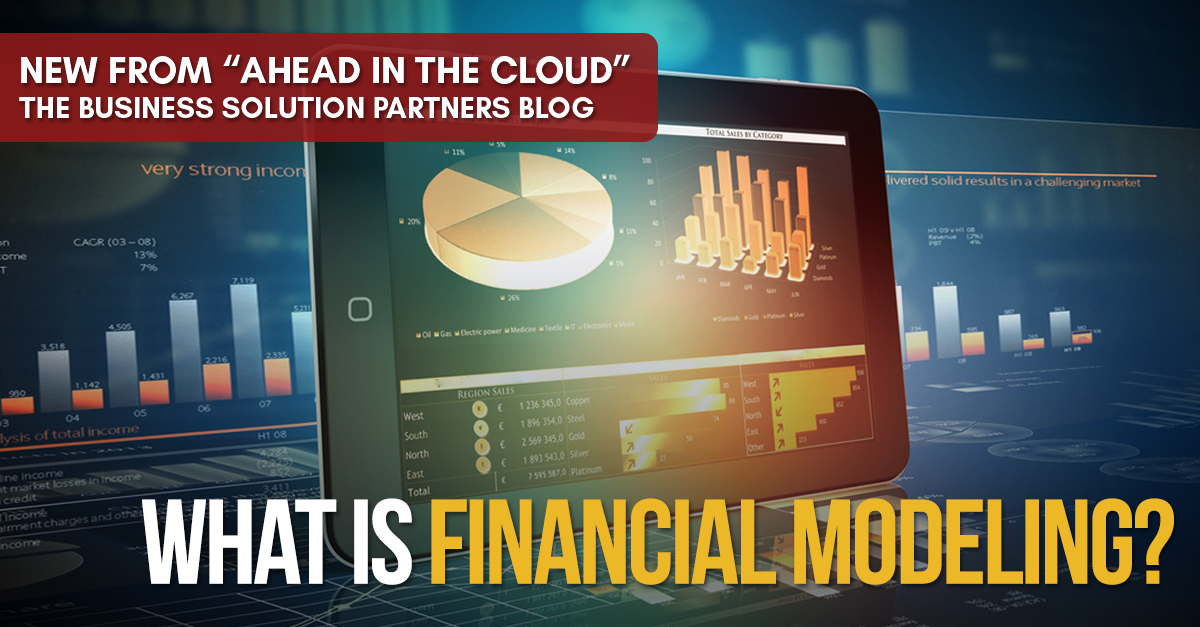Maximizing Insights with Financial Modeling
It’s an exciting time to be in finance. FP&A teams are in a unique position to provide strategic guidance to decision-makers, and financial modeling...

Financial modeling is like a superpower—one that lets you test your assumptions and hypotheses across dimensions, versions, and time before executing budgets and plans. A well-formulated model lets you run unlimited scenarios across any program, department, or business unit, according to your fiscal calendar or other business milestones. In other words, dynamic financial models show you the probable results of pulling various levers (e.g., adding headcount, reducing production time, expanding sales territories) to see likely outcomes.
Not exactly X-ray vision, but close.
Yet if financial modeling is a superpower, outdated tools and manual processes that limit the number and types of scenarios you can run are kryptonite.
Let’s take a look at how to generate flexible and robust financial models powerful enough to drive strategic decisions and help your business leap over the competition in a single bound.
Ideally, financial models should be robust and flexible enough to accommodate current circumstances and multiple queries. If your team is bogged down aggregating data from multiple sources and making sure spreadsheets are accurate, modeling takes a back seat to fixing errors and broken formulas.
According to an Adaptive Insights CFO Indicator Report, 71% of finance teams manage data from at least three sources. When data is aggregated manually from multiple sources and managed in spreadsheets, it’s often laborious, error-prone, and inaccurate.
Financial modeling that works in today’s fast-paced business models should automate these processes and free your time to test your hypotheses.
Robust models should let you model everything, everywhere—expenses, capital, headcount, revenue, projects, grants, quotas, and territories—across any department, entity, or function.
Your financial model is an opportunity to check in with stakeholders, gather information about priorities and plans, and create a set of assumptions that improve decision-making throughout your organization. Done well, financial models teach you and the people in your organization something: a new way of doing business, in-depth information about the competitive landscape, or the factors that might support or detract from corporate objectives and KPIs.
Robust and effective financial models should accomplish the following:
Modern businesses require modern financial modeling and analysis capabilities that enable on-the-fly queries and limitless what-if scenarios and testing. Proliferating data, outdated tools, and a rapidly changing market make continuing with the same-old, same-old a strategic mistake.
The solution? An intelligent, scalable, and comprehensive cloud-based planning platform that gives you the power you need to support the sophisticated and robust financial planning, modeling, and analytics modern businesses require.

Business Solution Partners is a Silver Workday Adaptive Planning Solution Provider Partner offering consultation, implementation, and training personalized for your business. Contact us to learn more about how Workday Adaptive Planning can improve your financial modeling.
This blog was originally published on the Workday Adaptive Planning Blog.

It’s an exciting time to be in finance. FP&A teams are in a unique position to provide strategic guidance to decision-makers, and financial modeling...

Does your finance team dread the budgeting process? Are you still using outdated methods that lead to costly errors? The longer you continue using...

Level Overview Levels are the organizational structures of your business. For example, levels represent subsidiaries/entities, departments/cost...